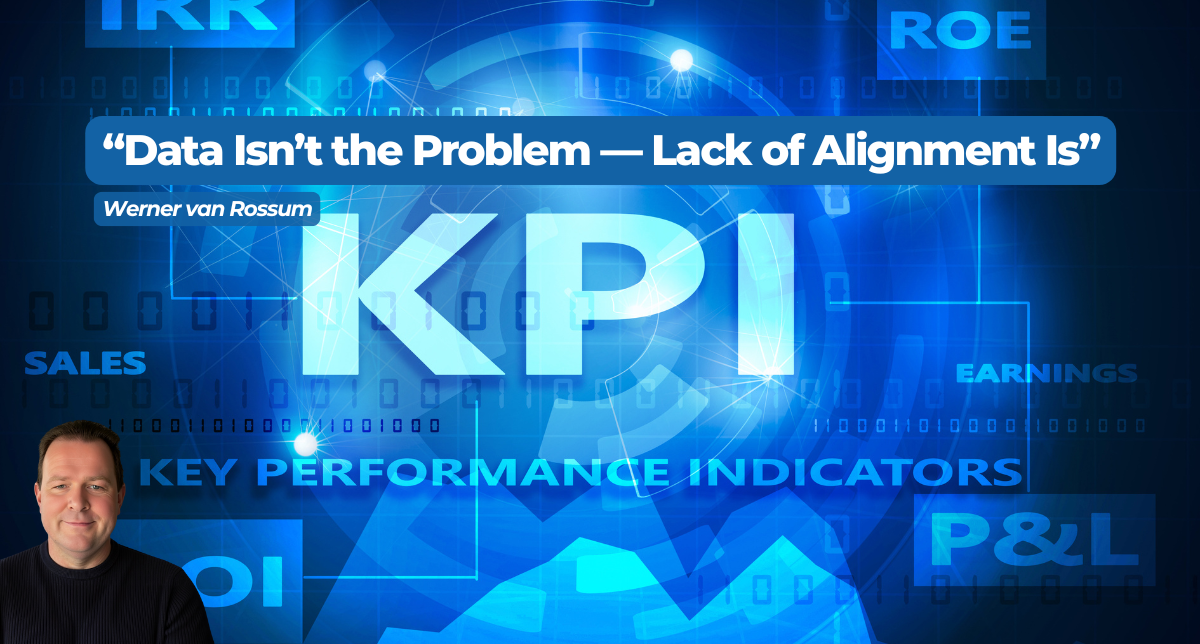Aug27

Poorly Trained Professionals, Falling Wages: How Dependence on AI Is Affecting Digital Recruitment
1.In recent decades, the digital sector has become one of the pillars of the contemporary economy. Professionals such as programmers, designers, digital marketing specialists, and product managers were until recently highly valued, with competitive salaries and constant demand. However, in the past five years, a worrying trend has emerged: the sharp decline in wages, especially in areas such as web development and programming, in some cases exceeding 60% in global markets.
This phenomenon cannot be explained solely by the logic of supply and demand. What we observe is a mismatch between expected skills and actual performance. The explosion of artificial intelligence tools — from code generators to automatic design and text creation — has contributed to the rise of a generation of professionals who, instead of deepening their fundamentals, simply operate automatic outputs.
The result is devastating for recruitment: an abundance of résumés but a scarcity of truly prepared professionals. Companies face delays, rework, and fragile products, while wages fall in direct proportion to the loss of trust.
2.1. The value of work in the past
Historically, human work was valued for the integral mastery of the production process. The medieval craftsman knew every detail of his craft, from the choice of raw material to the finishing of the final product. Value was found in complete knowledge.
With the Industrial Revolution, the paradigm changed. Specialization allowed for gains in scale but fragmented knowledge. The worker came to master only one part of the chain. Karl Marx described this phenomenon as alienation, in which the individual becomes distanced from the product of his labor and loses the sense of totality.
2.2. The programmer as the new craftsman
With the digital revolution of the twentieth century, it seemed we had returned to craftsmanship: the programmer mastered languages, logic, architecture, and could create complex systems end to end. There was prestige, demand, and high salaries.
2.3. Contemporary digital fragmentation
However, in the early twenty-first century, fragmentation returned in a new form. The explosion of generative AI brought a shortcut: the machine writes the code, designs the interface, generates the texts. The digital worker, instead of mastering fundamentals, simply manages automatic outputs. The cycle of alienation repeats itself, now in its most sophisticated form.
3.1. The seduction of speed
AI tools offer speed. A layout in minutes, an algorithm in seconds, a complete article with one click. This speed creates the illusion that learning is no longer necessary.
3.2. Consequences in the labor market
When problems arise outside the standard, fragility is revealed:
The result is projects that need to be redone, entire teams diverted to “firefighting,” and companies that lose time and money.
3.3. Digital alienation
Byung-Chul Han describes contemporary society as a “performance society,” where each individual exploits himself. In the context of AI, this translates into professionals who believe they are producing but are actually only repeating machinic patterns. It is a new form of alienation: that of the worker who delegates his intelligence to the algorithm.
4.1. Global data
In recent years, average programmer salaries have dropped by up to 60% in some markets. The decline is particularly visible in entry-level roles, where the abundance of résumés contrasts with the scarcity of quality.
4.2. The three forces of devaluation
4.3. Business logic
When companies see losses in time and resources, they do not hesitate to reduce wages or switch to cheaper hiring models. A vicious circle sets in: demotivated professionals → lower quality → further wage decline.
5.1. Designers without implementation skills
Hiring a designer with no implementation knowledge is like hiring an architect who draws houses that cannot be built. The result is waste.
5.2. Programmers without design
Similarly, a programmer without aesthetic sensibility or UX knowledge delivers technically correct but unusable products.
5.3. Other examples
The central point is clear: it no longer pays to hire “partial” specialists who ignore adjacent areas of their work.
6.1. Hybrid profiles
Human capital studies (Becker, 1964) already indicated that the combination of skills generates value greater than the sum of its parts. In the digital sector, this translates into hybrid profiles: programmers with UX knowledge, designers who understand front-end, marketers who master data analysis.
The logic is simple: the more connections between areas, the greater the value created for companies and for the market.
7.1. What does it mean to be competent?
Competence is not about using tools but about thinking beyond them. Competence is not about delivering fast but about delivering with depth and impact.
7.2. The banality of professional evil
Hannah Arendt spoke of the “banality of evil” as the result of automatic acts without reflection. In digital work, we could speak of the “banality of professional evil”: products created without critique, delivered by machinic routines, that harm companies and users alike.
8.1. Screening
Evaluate fundamentals: data structures, architecture, UX, accessibility, SEO, basic security.
8.2. Practical tests
Integrated tests that cross areas (design + implementation, marketing + data).
8.3. Ethics in the use of AI
The candidate must demonstrate clarity about what was done with AI and how it was validated.
8.4. Remuneration
Based on evidence of quality, not merely academic titles.
An SME hired a designer with an impressive portfolio but no technical knowledge. After eight weeks, 60% of the work was discarded as unfeasible.
Replaced by a hybrid profile (UI + front-end), in four weeks a minimum viable design system was created. Delivery time was reduced by 35%, and visual bugs fell by 50%.
The key is not to reject AI but to redefine its role:
Thus, AI ceases to atrophy and begins to enhance.
We are facing a silent crisis in digital recruitment. Dependence on AI is creating poorly trained professionals, falling wages, and companies at risk.
The solution is not to reject technology but to recover the value of deep and multidisciplinary knowledge. Only then will it be possible to reverse devaluation and create a sustainable digital market.
The final message is clear: it does not pay to be a “half-professional.” The future belongs to those who study, connect disciplines, and use AI as an ally — not as a substitute.
Keywords: Education, HR, Recruiting
 The Agentic Superiority of Gemini 3 Pro: Scale, Multimodality, and Ecosystem Integration
The Agentic Superiority of Gemini 3 Pro: Scale, Multimodality, and Ecosystem Integration Data Isn’t the Problem. Alignment Is.
Data Isn’t the Problem. Alignment Is. Friday’s Change Reflection Quote - Leadership of Change - Change Leaders Challenge Prevailing Assumptions
Friday’s Change Reflection Quote - Leadership of Change - Change Leaders Challenge Prevailing Assumptions The Corix Partners Friday Reading List - December 12, 2025
The Corix Partners Friday Reading List - December 12, 2025 Measuring the True ROI of Automated Claims Processes: Beyond Speed and Cost
Measuring the True ROI of Automated Claims Processes: Beyond Speed and Cost